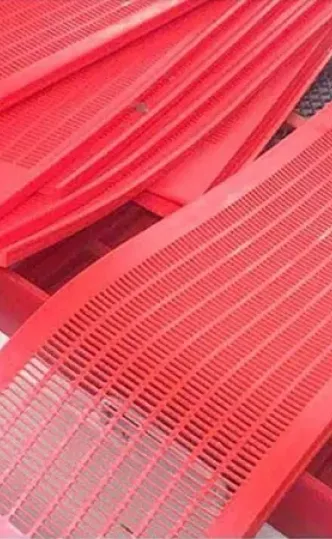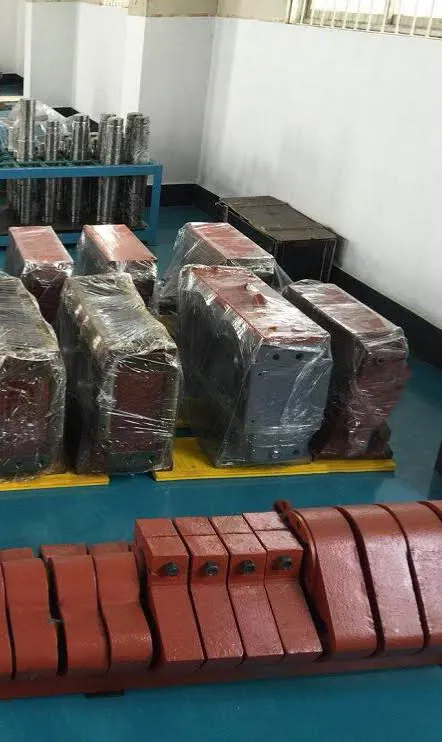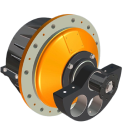Vibrating Screen
A vibrating screen is a mechanical screening machine used to separate materials, mainly in the form of particles or bulk solids, into different sizes or fractions by utilizing vibrating screens' motion. These screens typically consist of a screen deck, a frame, a vibration motor or mechanism, and screening media (such as wire mesh, polyurethane, or rubber).
The vibration of the screen deck causes the particles to move along and stratify according to size. Smaller particles tend to settle to the bottom, while larger particles are retained on the screen surface. This separation process is essential in various industries such as mining, construction, agriculture, pharmaceuticals, and recycling, where the separation of materials based on size is required for further processing or utilization.
The basic components of a vibrating screen include:
Screen deck: This is the surface upon which the material is placed for screening. It can be made of wire mesh, perforated metal, or other materials with apertures of different sizes to allow the passage of particles of varying sizes.
Vibrating motor: This is the source of vibration that drives the movement of the screen deck. Typically, there are one or more motors mounted on the sides or underneath the screen deck. The vibration generated by these motors causes the material on the screen deck to move and separate.
Screen motion: Vibrating screens can have different types of motion, including linear motion, circular motion, or elliptical motion. The type of motion affects the efficiency of the screening process and the characteristics of the screened material.
Support structure: The vibrating screen is usually mounted on a support structure, which may include springs or other damping elements to absorb vibrations and reduce noise.



